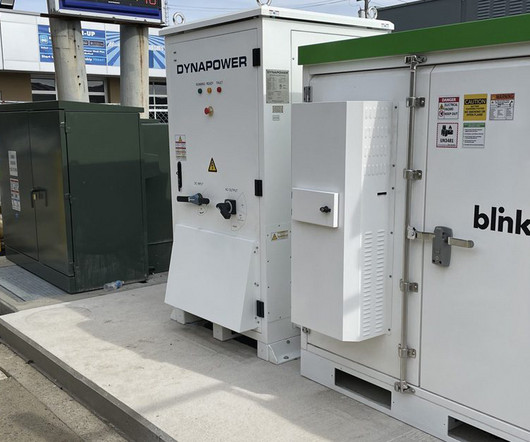Saft introduces Li-ion drop-in replacement for lead-acid batteries in military vehicles: XCELION 6T
Green Car Congress
MAY 20, 2015
The Xcelion 6T is a lithium-ion (Li-ion) drop-in replacement for lead-acid batteries that provides equivalent power of two lead-acid batteries at a quarter of the weight and half the volume. kWh) that is designed within the dimensions of a traditional lead-acid battery, enabling easy installation into the vehicle.
















Let's personalize your content